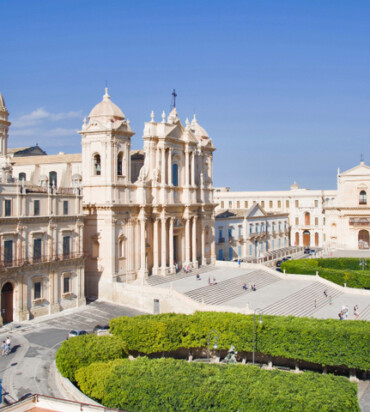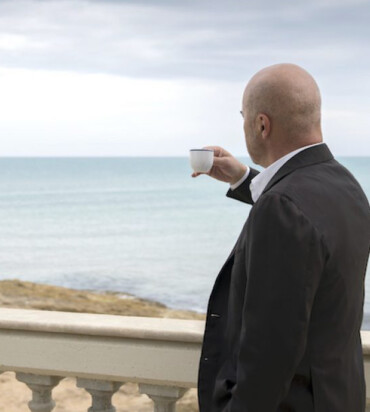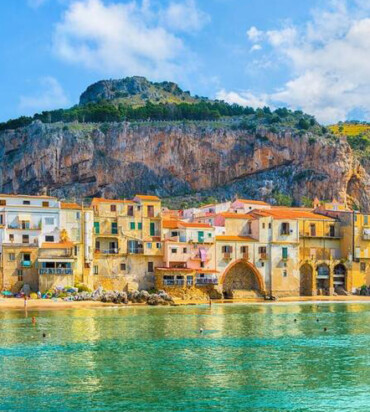“The Godfather” Tour Excursion
€189,99 – €719,99
We all remember Savoca and Forza d’Agrò, hilltop villages in the province of Messina, as famous locations chosen by the American director Francis Ford Coppola, in 1971, to shoot the scenes of Il Padrino, considered a milestone in the history of cinema. Most of the shooting of the first chapter of the trilogy took place in New York: the scenes that in the film are set in Corleone were instead shot in Fiumefreddo di Sicilia, Graniti, Motta Camastra, and precisely Savoca and Forza d’Agrò. But why did Coppola choose the two towns of the Valle d’Agrò to set the scenes for the film? In those months of 1971 in which the scenes were shot in Sicily, the production and crew of “Il Padrino” were staying in Taormina, and the locations were therefore chosen on the basis of a criterion of logistical convenience and historical-environmental characteristics: in fact immediately suitable for immortalizing Coppola’s masterpiece, considered by many to be the most beautiful film of all time. In this context, for script requirements, the inscription Bar Vitelli was created on the entrance door of the ancient Palazzo Trimarchi, which over time has become one of the major tourist attractions for Savoca. Today, a halo of legend has been created around the Godfather that is continually nurtured because this is what the commercial trend demands, yet The Godfather is a tribute to crime. It is no coincidence that Mario Puzo’s novel of the same name contains in the title page a famous definition by Balzac: Behind every great fortune there is a crime, which, however, does not adapt well to the true history of Savoca and its territory, made up of culture and civilization “. Savoca should not be remembered only for having hosted Al Pacino and other famous actors of the film, but it deserves to be discovered in depth starting from its origins: Those who love history and want to know the real Savoca must stop and discover all the historical and cultural assets that make it unique, including the Museum, where, in addition to traditions, the history of the ancient territory of Savoca is explained.











